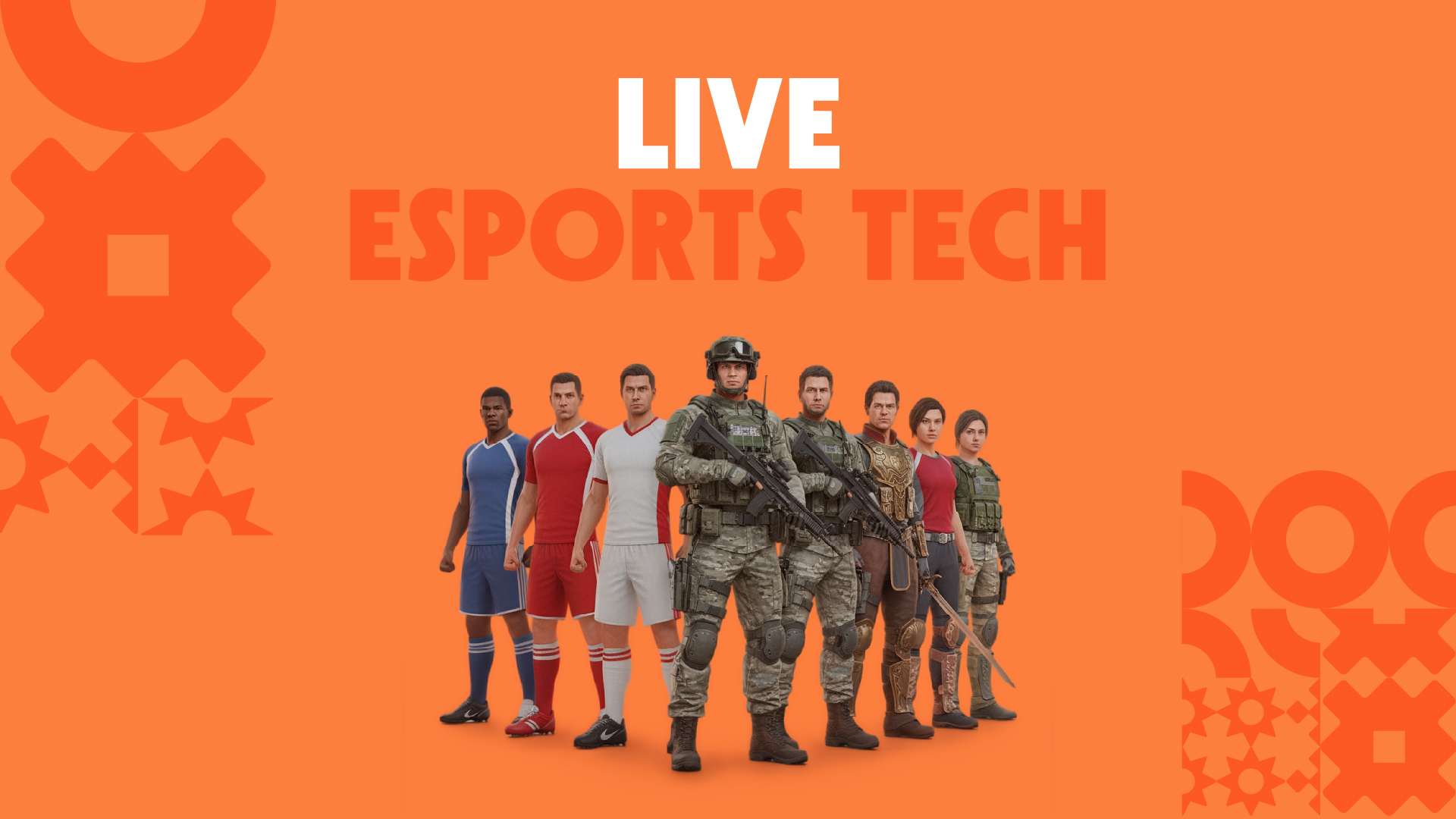Over the past few years, esports has evolved from a niche hobby into a global entertainment powerhouse. Games like League of Legends, CS:GO, and Dota 2 now attract millions of live viewers — not only during tournaments, but also through continuous engagement with streamers and competitive communities. This shift has turned real-time esports betting into one of the fastest-growing frontiers in the iGaming industry.
For operators, however, this opportunity comes with significant technical challenges. Unlike traditional sports, esports matches unfold in purely digital environments, where milliseconds matter. Managing stream latency, data synchronisation, and real-time odds generation requires infrastructure built for instant decision-making.
Understanding how these systems interact is key to grasping why live esports betting is not just a new product vertical, but a technological proving ground for the future of interactive wagering.
The Real-Time Nature of Esports Betting
Just like in traditional sports, esports supports in-play markets, where bettors can place wagers as the action unfolds. This adds intensity and engagement, but it also demands an infrastructure built for low latency and perfect synchronisation. In esports, every second counts — a single kill, round win, or map objective can instantly reshape the odds.
To keep things fair, operators rely on official, low-latency data feeds that transmit in-game information directly from tournament servers or trusted data providers. These feeds power automated odds updates in real time, reflecting the live state of play with minimal delay. If the stream lags behind the data, even by a few seconds, some users could gain an unfair advantage — a problem known as latency arbitrage (similar to “courtsiding” in sports).
To prevent this, platforms apply multiple safeguards: synchronised data and video feeds, controlled bet-delay windows, and continuous monitoring of feed quality and latency performance. The goal is to ensure that every bettor, regardless of where they watch, experiences a fair and truly live market.
Synchronising Data Feeds and Odds in Real Time
In live esports betting, precision depends on how data is collected, processed, and priced — not on the delay of public video streams. Operators rely on official data feeds from tournament servers or certified providers to ensure consistent, time-stamped updates across every platform.
There are three main types of data integration models used in the industry:
- Raw data feeds: these deliver live match statistics — such as kills, objectives, and map progression — but no pre-calculated odds. The operator’s own odds engine (or pricing system) uses this raw information to generate live markets in real time.
- Odds feeds: these include both data and odds, ready for immediate display. They’re ideal for operators who want to offer live esports markets without developing an internal pricing engine.
- Hybrid feeds: a flexible option that combines the two — providing live odds while allowing operators to adjust margins, delay timings, or risk parameters based on exposure or regional preferences.
Whatever the model, the goal remains the same: keep data and pricing perfectly aligned. Even a one-second delay can distort market fairness or create arbitrage opportunities. The best esports betting platforms continuously monitor latency and feed accuracy to deliver real-time integrity for every bet placed.
Dynamic Odds and Predictive Modeling
Behind every live esports market sits a network of predictive systems designed to keep odds accurate as the game unfolds. These models don’t “guess” future events — instead, they analyse live in-game data such as win probabilities, economy swings, and team momentum to recalculate odds in real time.
Machine learning helps identify statistical patterns that signal turning points — for example, a sudden spike in map control or player efficiency — and automatically adjust markets within milliseconds. The goal is not prediction for its own sake, but responsiveness: keeping live odds consistent with the actual state of play.
Running this dynamic environment requires high-frequency data handling and latency-optimised infrastructure. The platforms that excel are those able to maintain both speed and accuracy, even during peak traffic or major tournaments — where thousands of concurrent wagers depend on precise timing.
White Label Esports: Plug-and-Play Access to Live Betting Infrastructure
For new operators entering the esports betting space, matching the technological depth of established platforms is rarely practical. Building low-latency feeds, real-time data synchronisation, and scalable pricing engines demands both high investment and specialist engineering talent.
This is where white label esports solutions deliver a clear advantage. Platforms equipped with native live esports modules provide immediate access to the infrastructure required for in-play betting — including live data APIs, feed integration, and instant odds delivery. Instead of building everything from scratch, operators can connect to a pre-validated environment that’s already optimised for stability and regulatory compliance.
By leveraging a white label solution, emerging iGaming brands can accelerate time-to-market and focus on user experience, marketing, and growth — while the back-end technology handles real-time performance at scale.
PlaylogiQ’s esports module, powered by Esports SIS, offers precisely this foundation: a fully integrated, low-latency infrastructure built for reliability, compliance, and scalability. It enables operators to launch competitive live betting products with confidence — backed by proven technology and trusted data partners.
User Experience and Engagement: The Human Factor
While technology powers esports betting, experience keeps it alive. Most esports bettors belong to Gen Z and younger millennial audiences — digital natives who expect interfaces to feel as intuitive and interactive as the games they play. Creating a user experience that mirrors the look, rhythm, and reward structure of gaming itself can make a decisive difference in engagement and retention.
Features such as micro-markets (e.g., who will win the next round), real-time chat, and instant bet confirmation bring energy and immediacy to every match. At the same time, gamification elements — from ranking systems and loyalty badges to achievement milestones — translate the excitement of competition into the betting environment.
As esports continues to attract younger audiences, integrating social, personalised, and interactive layers isn’t optional; it’s part of designing for a generation that values connection and feedback. The most successful platforms will be those that blend performance with personality — where betting feels like a natural extension of the gaming culture itself.
For a deeper look at how personalisation, gamification, and behavioural design foster long-term loyalty, read our article on iGaming retention strategies by PlaylogiQ.
The Future of Live Esports Betting
iGaming has shown that industry trends are often unpredictable — they evolve around player behaviour and cultural shifts more than technology alone. What excites players today may look very different in just a few years.
In the next wave of esports betting, we might see live odds integrated directly into the gaming environment itself, allowing viewers or players to interact with markets without leaving the game. Augmented reality and interactive overlays could enrich this experience, turning streams into immersive betting spaces where participation feels natural rather than external.
At the same time, ongoing progress in low-latency connectivity could dramatically reduce the gap between live data feeds and pricing systems, creating a smoother, more synchronised betting flow. The result — if achieved responsibly — would be greater fairness, transparency, and engagement.
While it’s impossible to predict the exact shape of the future, one principle is clear: platforms that stay adaptable, responsible, and player-centred will be the ones defining it.


